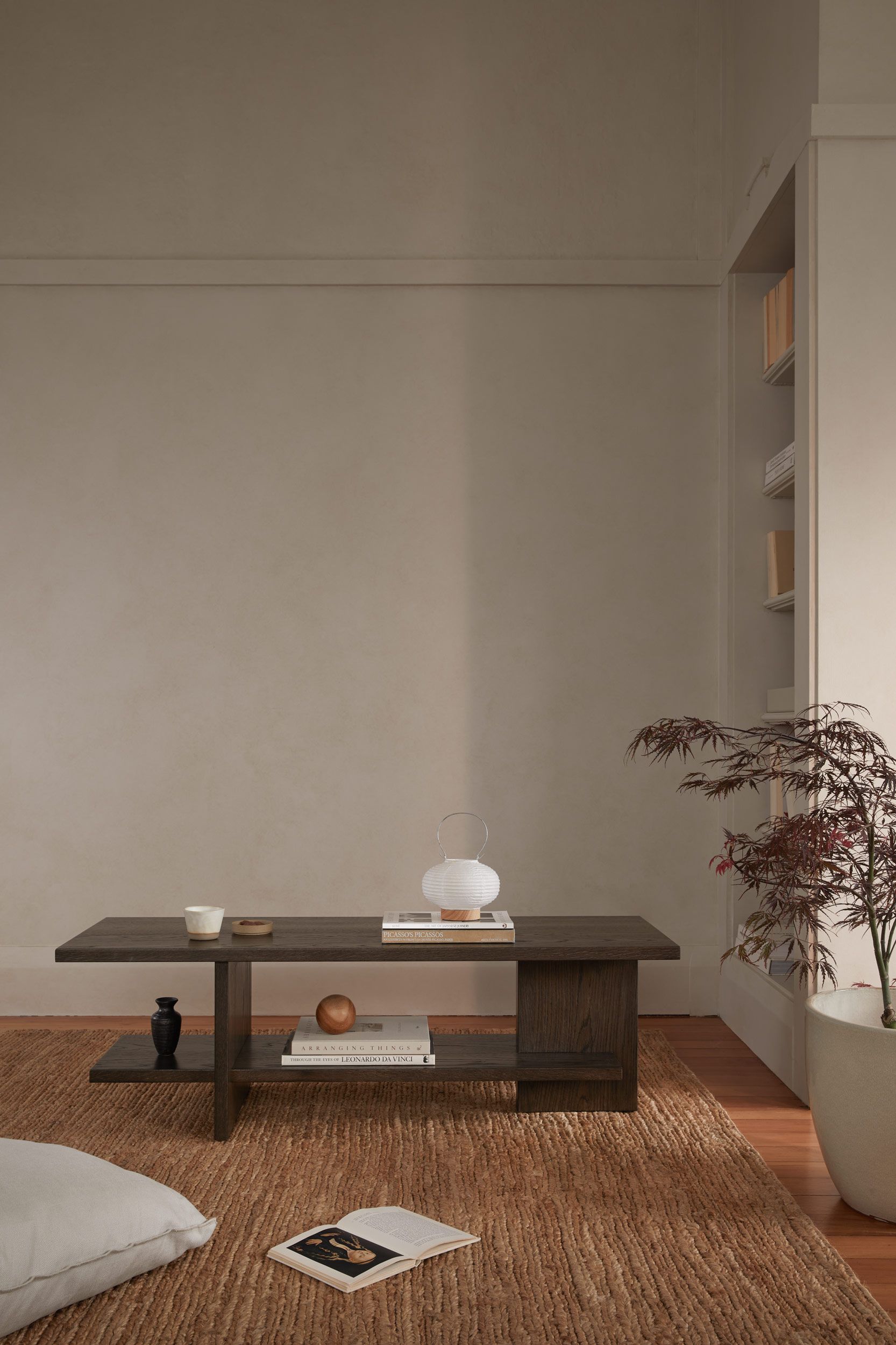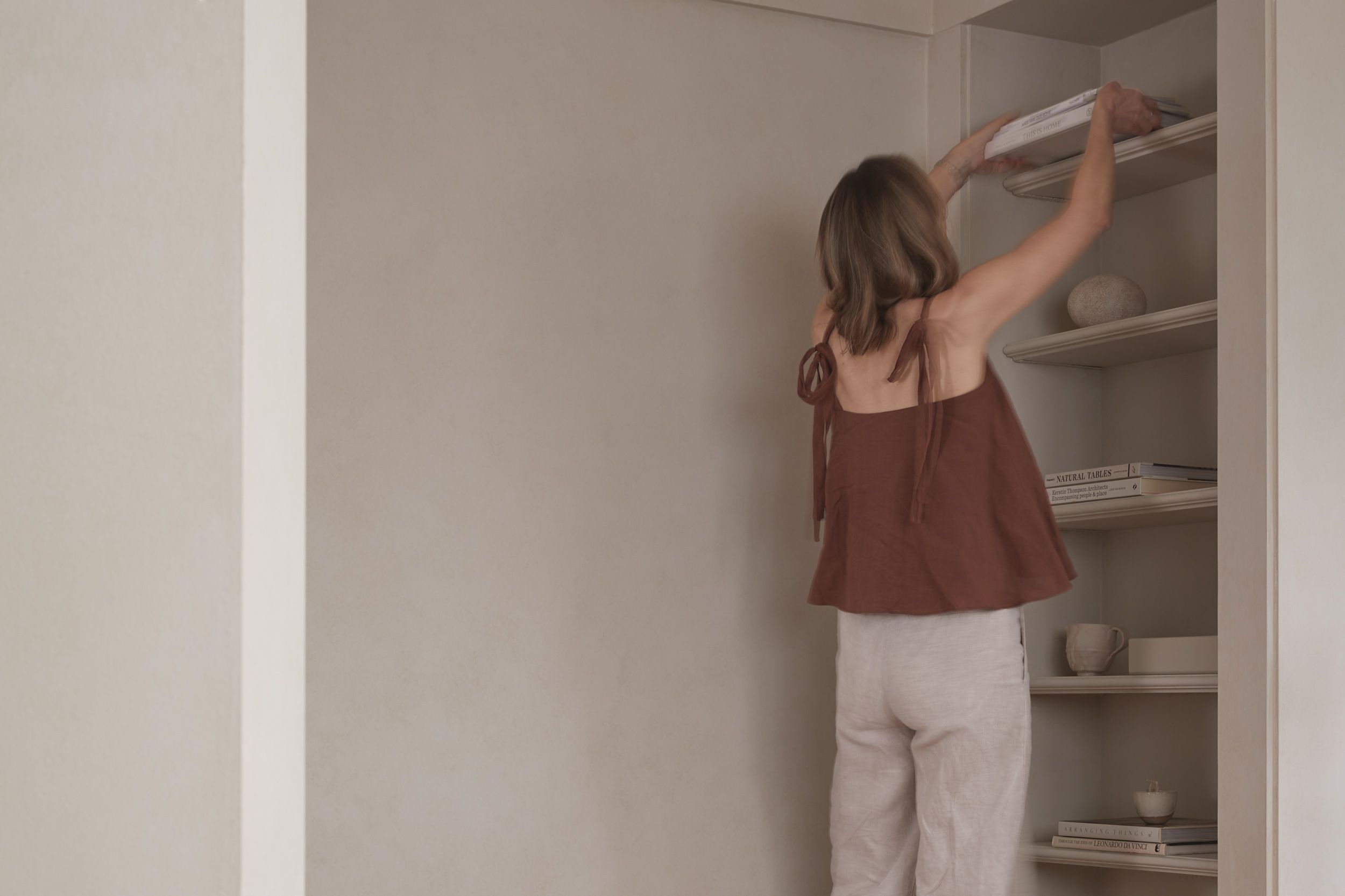
People
Vertone Founders: Interview Series — Part Two
Welcome to part two of this journal series where we are introducing ourselves—Michelle Halford and Kirsty Dawn—the founders of Vertone. While you can find out more about us here, we thought it would be fun to interview each other, offering further insights into our work, what inspires us, and how we shape the brand through our different creative approaches.
Today, with Kirsty interviewing Michelle.
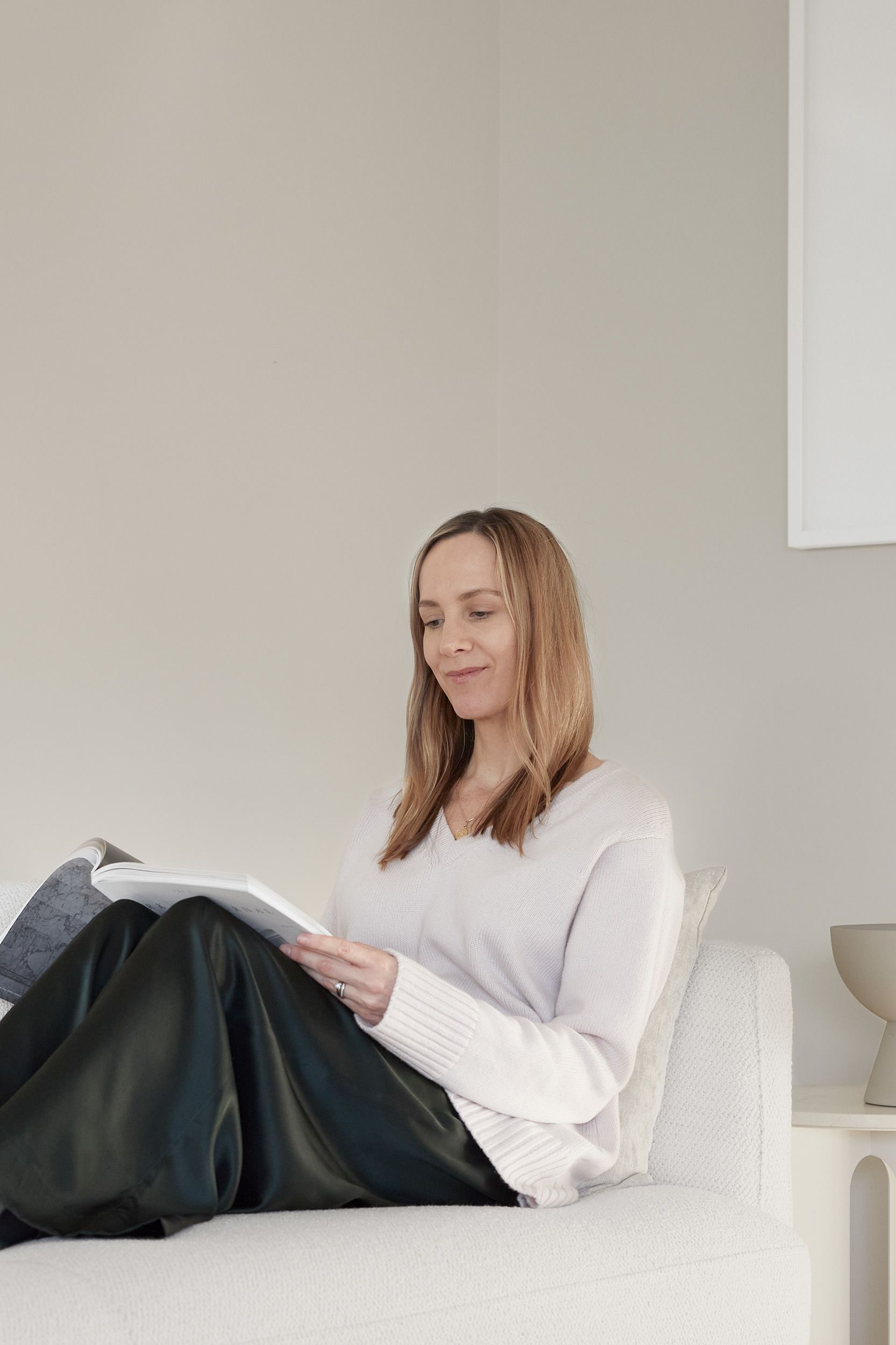
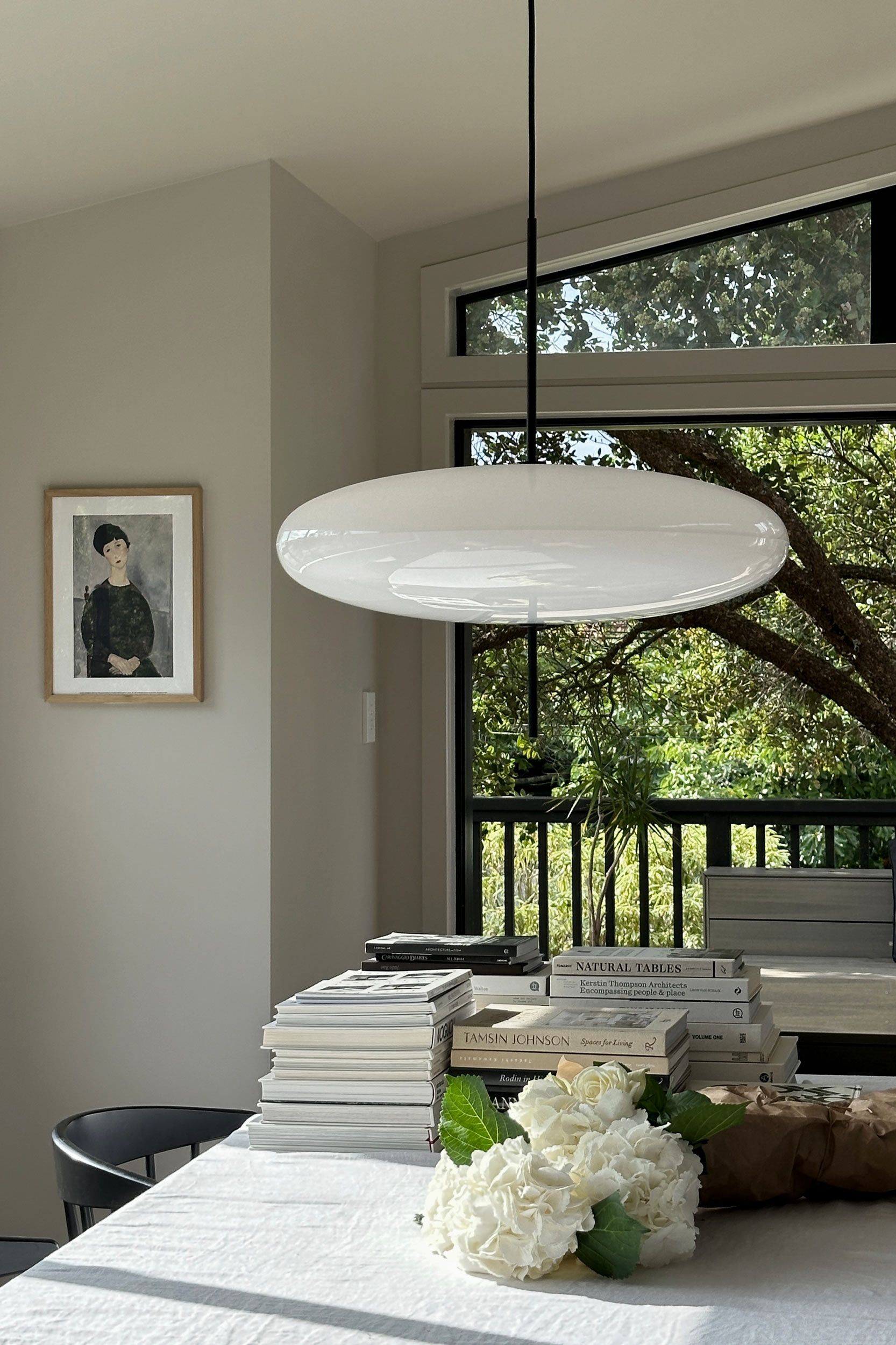
K: In your view, how do furniture and objects influence the overall atmosphere and mood of a room? Are certain design elements particularly effective in establishing a specific tone?
M: I believe the furniture and objects we surround ourselves with greatly influence the overall feel of a space, adding layers of warmth, texture, and comfort. Materiality plays an integral role with tactile surfaces like wood and stone appealing to our senses, and soft textiles inviting calm and relaxation. I see home as a sanctuary, a place to unwind from our busy lives, and design elements that foster this come into play in many ways. Natural tones, simplicity, and clean lines create quiet, refined spaces, but the contrasts and personal touches bring all important depth and nuances—rounded forms and textures inspired by nature, interesting compositions that play with asymmetry, scale, and proportion, and small elements of surprise.
Rather than simply filling a space, I believe in a slow and considered curation of pieces that reflect what is important to you. It’s about surrounding yourself with things you love to create spaces that are not only visually beautiful but also personally and emotionally resonant.
K: Can you describe your creative process?
M: My creative process always starts with my surroundings. A calming, uncluttered space that encourages focus and productivity is where I do my best work when it comes to writing, research, and planning. Styling shoots can be a much more chaotic environment, often fast-paced with lots of set changes, but this is also where I thrive. I love the collaborative aspect—working closely with the team—and seeing all the groundwork and preparation come to fruition on the day.
K: I love that sense of collaboration when you and I work together—from day-to-day tasks to the more fun, creative jobs.
M: We have such a great rapport. It always feels so easy and intuitive, especially working on shoots together.


K: Where do you draw your creative inspiration from?
M: I’m naturally curious, an observer, so inspiration comes from many places aside from the usual online noise: books, films, fashion and the arts, architecture and travel. I’m a big reader, so books and interior publications are constant reference points. I get out in nature as much as possible and I’m inspired by the changing seasons—especially autumnal colours and the way the light changes throughout different times of the year.

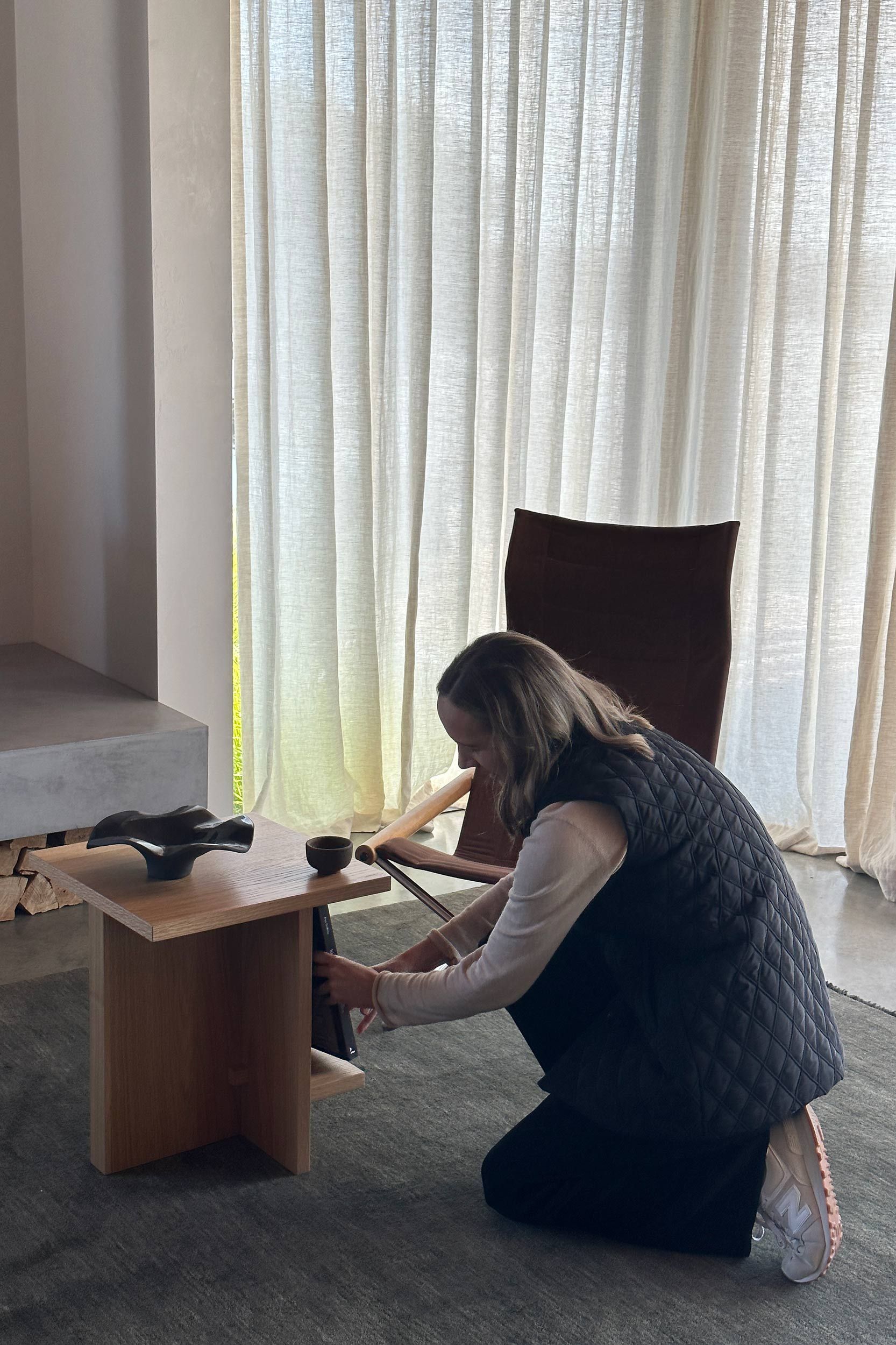
K: How do you create a balance between functionality and aesthetics when choosing furniture and objects for a space? Do you follow any specific principles or guidelines?
M: It depends on the space—how it’s going to be used, and how it should feel. There are so many considerations, but I always look for furniture pieces that are well-designed and beautifully crafted to ensure longevity. I believe our homes evolve with us, so versatility is also important—pieces that can transition between spaces and homes and tell the story of those who live there. Some of my favourite objects, such as my Hasami porcelain, are used every day, while others, like sculptural ceramics or hand-turned wood objects, are designed to display flowers or incense but look just as beautiful without them—their tactile, organic shape and natural irregularity add to the overall harmony of the space.
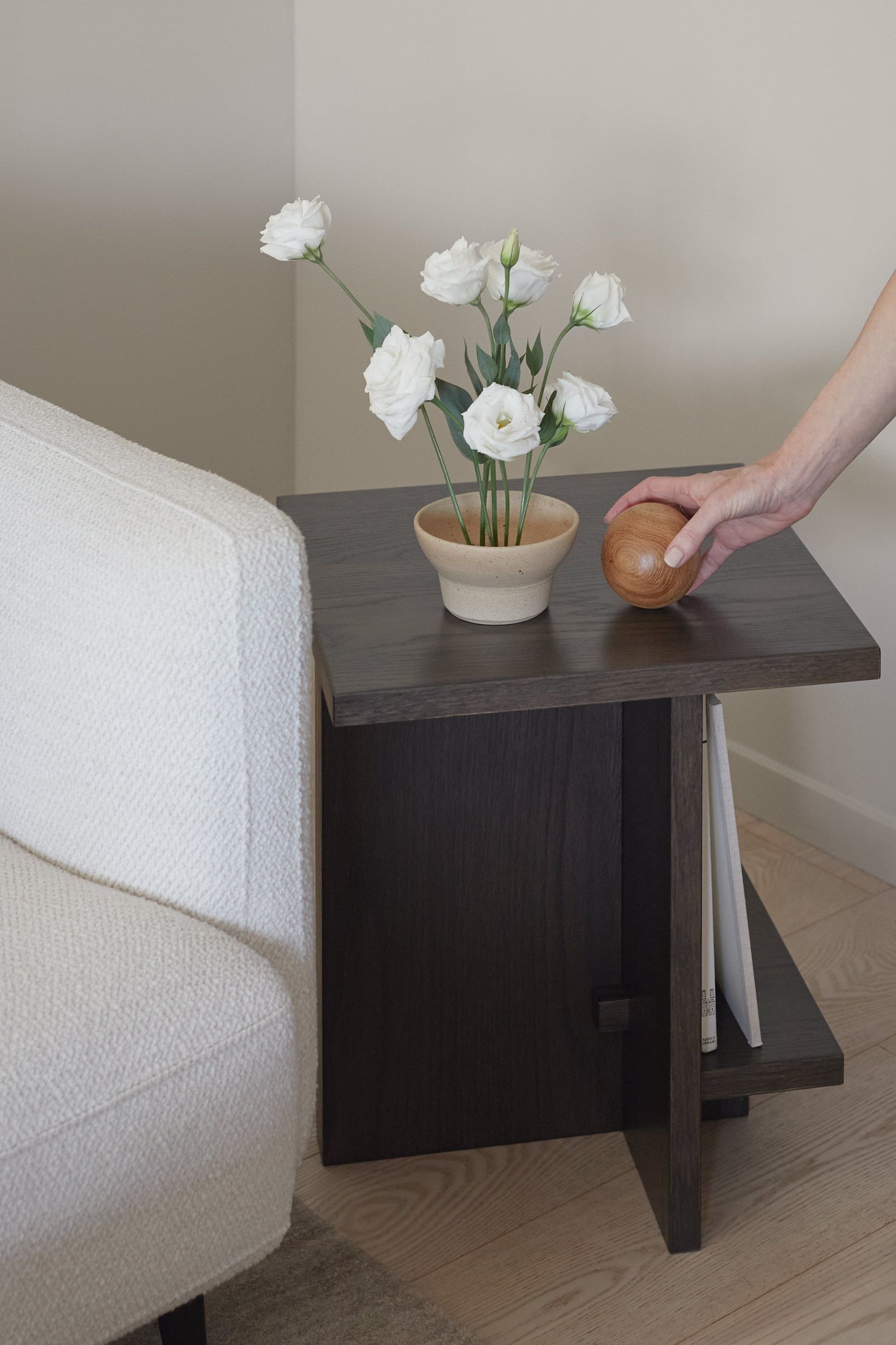
K: Do you have any advice for someone looking to improve the ambiance of their living space?
M: Embracing natural elements will provide a more grounding, calming atmosphere, elevate mood, and enhance overall well-being. Use warm neutrals and earthy tones and incorporate natural materials like wood and stone that celebrate texture and natural imperfections. Focus on tactile qualities that ignite your sense of touch—such as textured wall finishes and handcrafted rugs underfoot.
Lighting plays a crucial role in creating ambiance. Maximise natural light to bring life into a space and opt for diffused lighting—pendant, floor, table lamps and sconces rather than downlights, to create a more subtle, atmospheric feel. Inject sensory elements that appeal not only to sight and touch but also to smell, like fragrant flowers and scented candles.

K: Can you describe a memorable space you've visited and the emotions or experiences it evoked?
M: On my last trip to Copenhagen—one of my favourite cities due to my love of Danish design—I visited many memorable spaces:
The Kinfolk Gallery designed by Norm Architects. Restrained, yet rich in texture, this was enhanced by the exhibition that was running during my visit by Birgitta de Vos. An ode to the earth in the form of tactile art, the exhibition provided a wonderful sense of calm, during a hectic few days of the design tour.
A visit to the Vipp Loft and a stay at the Vipp Chimney House. Both designed by David Thulstrup, whose holistic approach to architecture seamlessly blends heritage and contemporary elements. These experience-driven hotels left me with lasting impressions of unique and enduring design.
